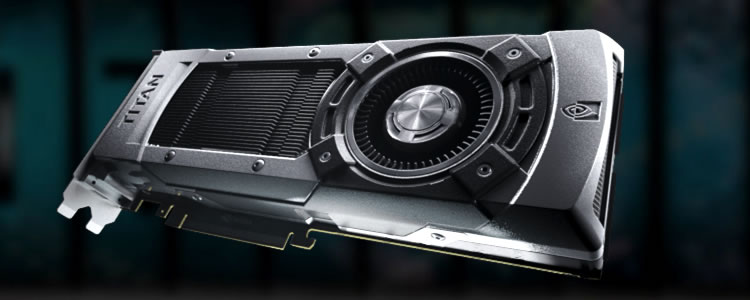Titan's Board Up Close
Although this is a Gigabyte version of the Titan, at this point all cards are essentially the same. They are all Nvidia reference cards with no cooler changes, PCB redesigns or factory overclocking. We're not sure if there will be any custom versions of the Titan, though if it made sense to release a Gigabyte Super Overclocked version of any graphics card, we feel this would be it.
We would like to thank Gigabyte for providing us with a sample of its GeForce GTX Titan. While it might look like every other Titan out there – and it certainly costs just as much – we did enjoy using Gigabyte's OC Guru II software and found it very effective when overclocking the card.
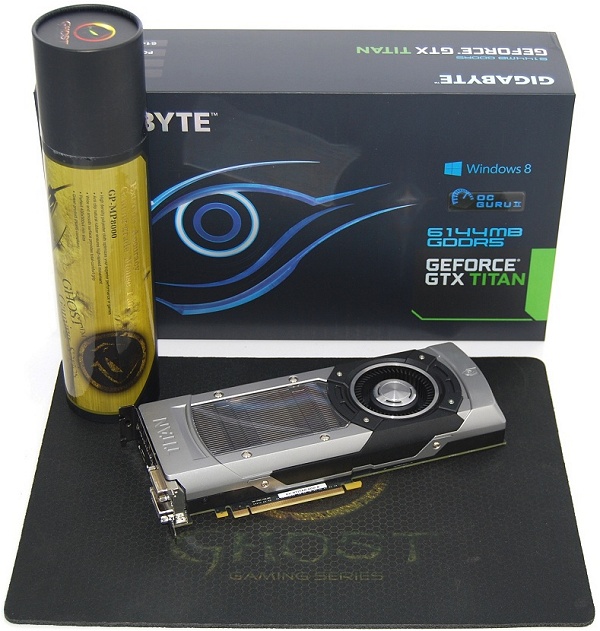
Although its extreme specs and price would probably have you believe otherwise, the card measures 26cm long which is a whole centimeter shorter than the Radeon HD 7970 reference.
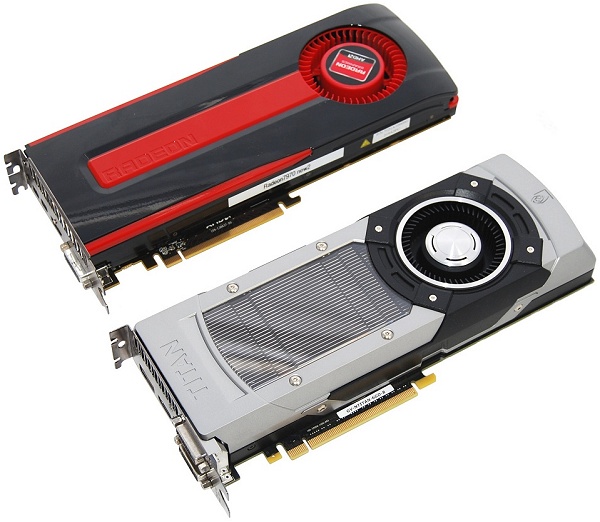
However, unlike most reference designs, there is nothing boring about the Titan's looks. Nvidia has done an excellent job of making this one of the cooler looking graphics cards we have ever seen, and it really shows that they're targeting the luxury market.
Like most of today's high-end graphics cards, the Titan makes use of vapor chamber cooling, which consists of a copper vapor chamber that extracts heat from the Titan's GPU using an evaporation process similar to a heatpipe, but more powerful. Helping to improve efficiency here is a new thermal material designed by a company called Shin-Etsu, which is said to provide twice the performance of the grease used on the GTX 680.
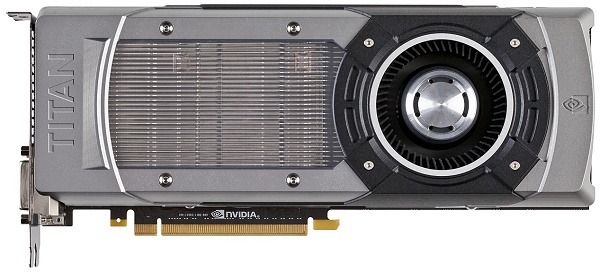
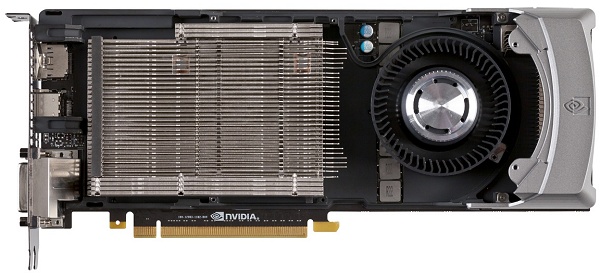

Additionally, Nvidia has included an extra heatsink behind the 80mm blower-style fan that increases the cooling area. There is also an aluminum baseplate, which provides additional cooling for the PCB and board components.
The guts of the cooling operation is covered in an impressive case that encloses the top of the card. Nvidia says that the case has been carefully crafted using the finest components, and that every intricate detail on the board was thoroughly vetted to make you ooh and aah.
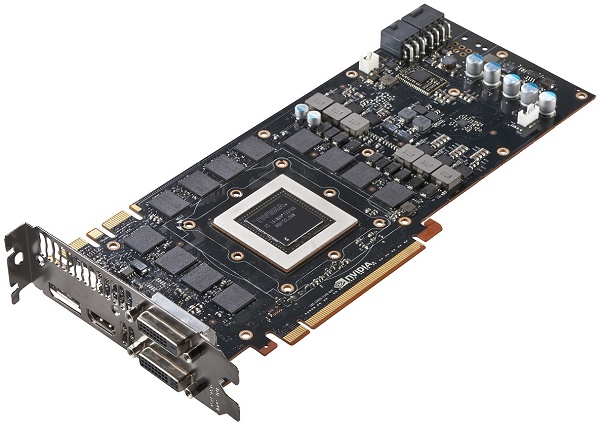
Given the high-end nature of this board, Nvidia engineers decided to use an aluminum casing for the cover. At its center is a clear polycarbonate window, allowing you to see the vapor chamber and dual-slot heatsink used to cool the GPU.
Another nice touch in our opinion: the side of the card features a large GeForce GTX logo that glows green when the system is turned on. We think this looks cool, but if it's not for you, the LED intensity can be manually adjusted using tools provided by select NVIDIA add-in card partners, such as Gigabyte's OC Guru II.
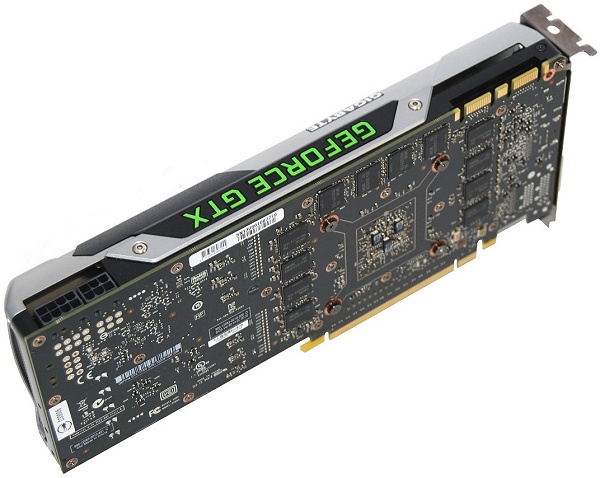
Beside the logo towards the end of the card is a pair of PCI Express power connectors. We expected to find two 8-pin connectors, but were surprised to find a single 8-pin along with a 6-pin connector. The Titan has been given a TDP rating of 250 watts, which is 28% greater than the GTX 680, so Nvidia recommends using a 600W power supply.
The board features a 6+2 power phase design that Nvidia says feeds enough power even when overclocking. Six phases are dedicated to the GPU while two are for the GDDR5 memory.
